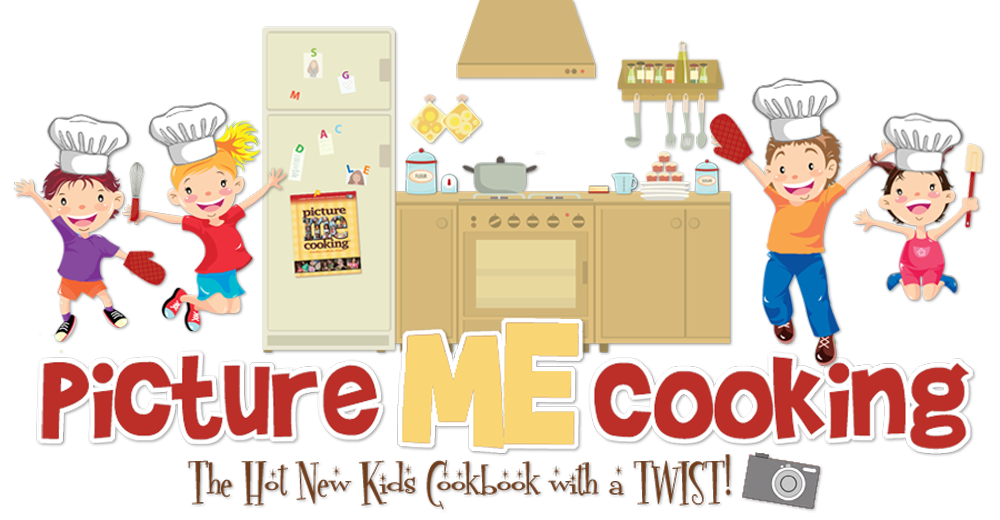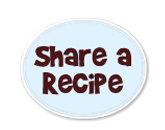
Cooking is a science, explain to your children when they cook with you how the chemistry of food is a fascinating part of what happens while making then completing some recipes.
Kids and adults both love marshmallows but have you ever made your own??
Taste the difference!
Marshmallows depend on gelatin, a common household ingredient to create their shape and texture. For young scientists however, gelatin is also a great way to demonstrate how molecules can rearrange to change matter from one state to another. Follow the directions below to see just what can happen when gelatin meets some sugar, cornstarch, and heat.
2 envelopes of plain, unflavored gelatin
½ cup cold water
1 cup light corn syrup
½ cup granulated sugar
1/3 cup cornstarch
½ teaspoon vanilla
1/3 cup confectioner’s sugar
In a small bowl, combine the cornstarch and confectioner’s sugar.
Grease the sides of a 9” square baking pan, and place a sheet of parchment paper or wax paper, cut to size, along the bottom and then grease that, too.
Use a bit of the cornstarch mixture to dust the bottom and sides of the greased pan.
Place the contents of the two packets of gelatin into a small saucepan, and mix in the ½ cup of cold water.
Let it stand for one minute, and then have CB help you cook and stir over low heat until the gelatin is fully dissolved.
(What’s happening? The water has spread out the special protein fibers that make up the gelatin, and the heat has dissolved their original bonds. That’s why the gelatin seems to “dissolve” into the water.)
Now pull out a mixing bowl, and blend the granulated sugar, corn syrup, and vanilla. Add the gelatin mixture, and beat the whole mixture thoroughly—for up to 12-15 minutes—with an electric mixer. Watch the mix become thick and creamy.
Pour it into the greased baking pan, and let it stand at room temperature for at least 4 hours. (What happens: the protein bonds will begin to re-form as the gelatin cools…but now it’s mixed with other ingredients, so it will hold them together, too, in classic “marshmallow” texture.)
After four hours, or overnight, place the white sheet on a cutting board which has been sprinkled with the remaining cornstarch-sugar mixture. Cut into cubes with a knife (hint: it’s helpful to dip the knife into hot water first, to keep marshmallow from sticking!)
Roll the cut-up marshmallows in the cornstarch mixture to keep them dry to the touch…and then devour!
Jazz them up with sprinkles, drizzles chocolate or any fun topping you wish...serve them as smores - you can't go wrong here!! In the photo, we served them on graham crackers and let the kids decorate them. Not sure who ate more...the kids or the parents lol!
Gotta love it when science and cooking collide!




















No comments:
Post a Comment